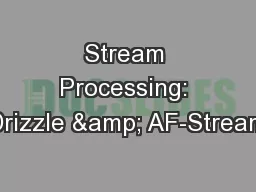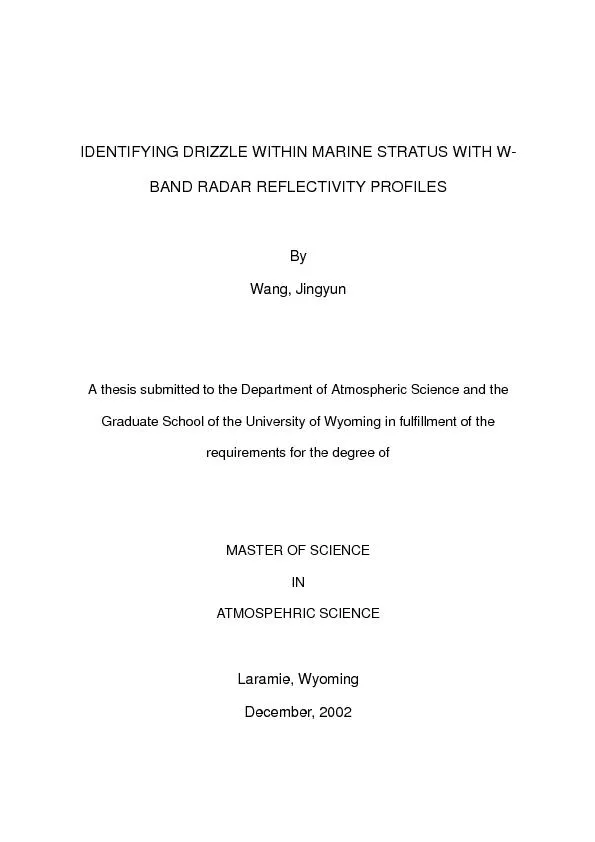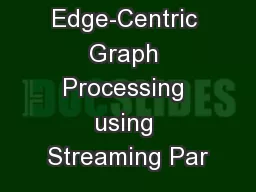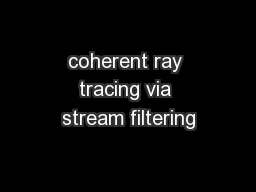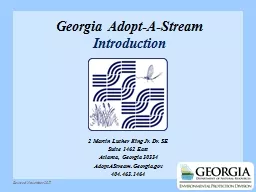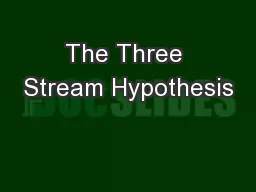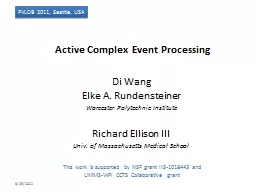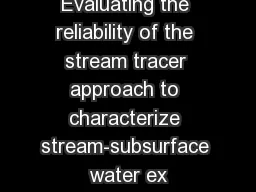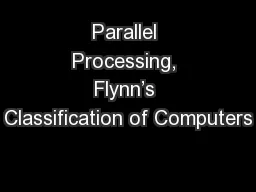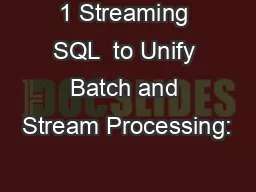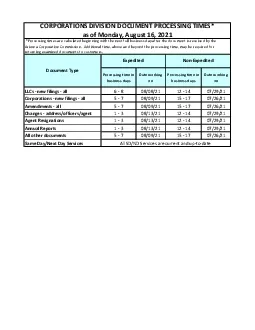PPT-Stream Processing: Drizzle & AF-Stream
Author : natalia-silvester | Published Date : 2018-10-05
Arnav Agarwal Srujun Thanmay Gupta Shivam Bharuka What is Stream Processing Infrastructure for continuous processing of data Various applications for analysis of
Presentation Embed Code
Download Presentation
Download Presentation The PPT/PDF document "Stream Processing: Drizzle & AF-Stre..." is the property of its rightful owner. Permission is granted to download and print the materials on this website for personal, non-commercial use only, and to display it on your personal computer provided you do not modify the materials and that you retain all copyright notices contained in the materials. By downloading content from our website, you accept the terms of this agreement.
Stream Processing: Drizzle & AF-Stream: Transcript
Download Rules Of Document
"Stream Processing: Drizzle & AF-Stream"The content belongs to its owner. You may download and print it for personal use, without modification, and keep all copyright notices. By downloading, you agree to these terms.
Related Documents

